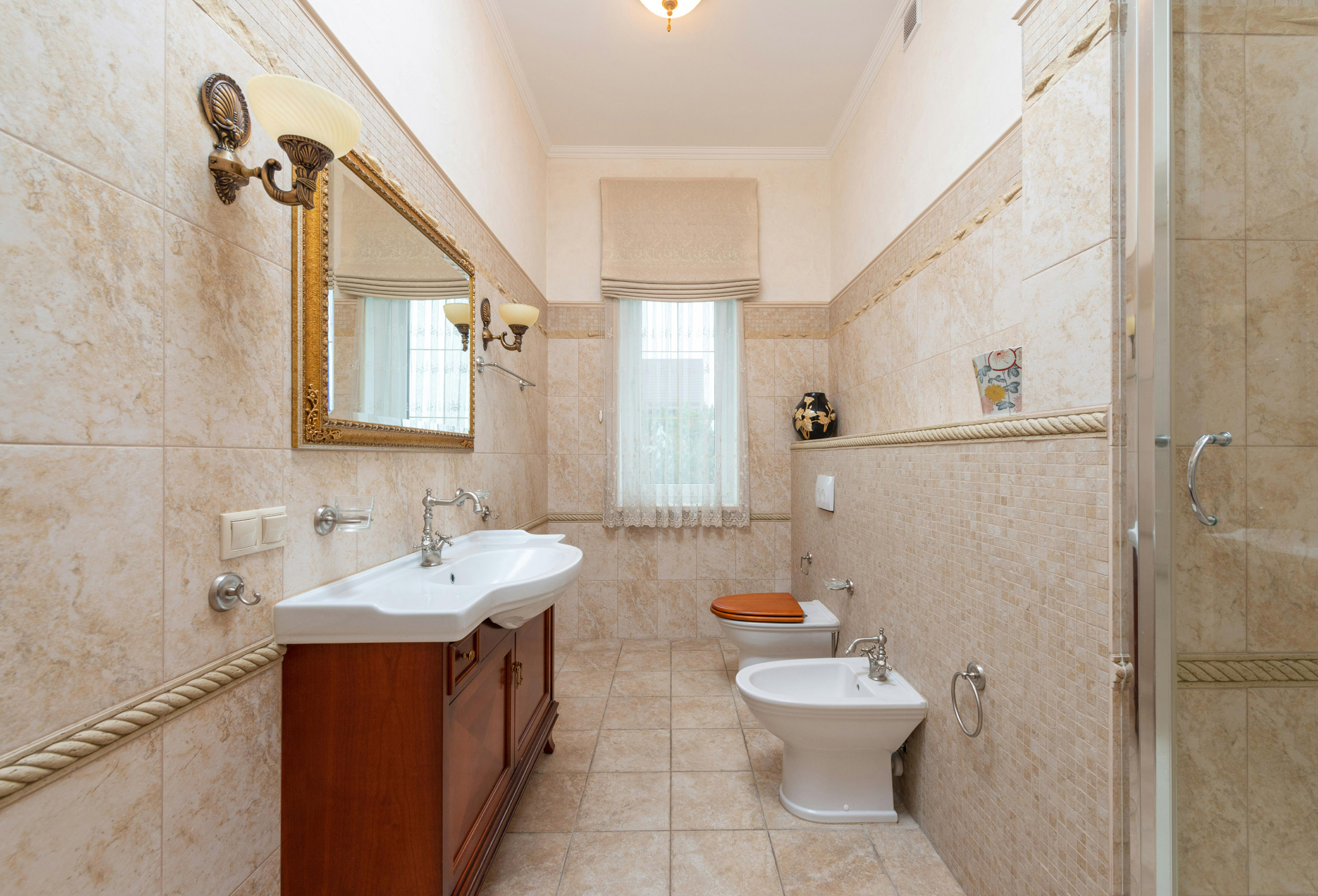When it comes to designing a functional and stylish space, the choice between a wet room and a traditional bathroom can feel challenging. Both options have their own strengths and limitations, making the decision highly dependent on your needs, lifestyle, and budget. This guide will break down the key differences, advantages, and drawbacks, helping you make an informed choice.
Key Differences Between Wet Rooms and Bathrooms
The primary distinction between a wet room vs bathroom lies in their design and structure. Wet rooms are entirely waterproofed, with a modern open-plan layout and a central floor drain to channel water. This design removes traditional shower trays or bathtubs, creating a sleek, seamless look. On the other hand, traditional bathrooms feature designated areas for bathing, typically using enclosed tubs or shower cubicles to prevent water from spreading across the space. Waterproofing in these bathrooms is generally limited to areas immediately around the shower or bathtub.
Drainage is another major difference. Wet rooms rely on gradient floors to ensure efficient water runoff across the entire space, whereas a bathroom requires standard drainage fixtures that connect to bathtubs or shower trays. Accessibility is also a key area of contrast. Wet rooms excel in providing barrier-free spaces, an ideal solution for individuals with limited mobility. Traditional bathrooms, while functional, can feel less accommodating due to steps, tubs, or enclosed shower designs.
Both setups require proper ventilation to manage moisture, but wet rooms demand an exceptional level of airflow to prevent dampness and humidity buildup. Without this, mould and water-related damage can compromise the longevity of the space.
Pros and Cons of a Wet Room
For those seeking a contemporary design, wet rooms provide a minimalist, open-concept layout that gives a modern edge to any home. They are much easier to clean because there are fewer corners and fixtures to scrub. The smooth transition across the floor area also makes them incredibly practical for families with elderly members or individuals with mobility challenges. Additionally, wet rooms can increase your property’s value by showcasing innovative design.
However, these benefits come at a cost. The extensive waterproofing required can significantly raise installation expenses. There’s also a risk of slippery floors, although this can be mitigated by using anti-slip finishes or textured tiles. Without adequate ventilation, excess moisture can become a persistent issue, leading to complications over time.
Pros and Cons of a Traditional Bathroom
Traditional bathrooms remain a popular choice due to their straightforward installation and familiar layout. Compared to wet rooms, they are less costly to build and allow homeowners to better manage how water is contained. The comfort of a defined bathing area, such as a bathtub, can be inviting for those who appreciate the traditional aspects of home design.
This option does have its drawbacks, particularly in terms of accessibility. Steps, barriers, and confined layouts may pose challenges for individuals with limited mobility. Cleaning can also become time-consuming, as corners and barriers collect grime more easily. For some, traditional bathrooms may feel outdated or lacking the modern aesthetic of a wet room.
Making Your Choice
Ultimately, selecting between a wet room and a traditional bathroom will depend on your individual needs and priorities. If accessibility, style, and simplicity are your goals, a wet room might be the ideal choice. On the other hand, if you value familiarity, cost-effectiveness, and defined spaces, a traditional bathroom could suit you better.
Both options have their merits, so consider factors such as your budget, property type, and daily requirements before making a decision. With careful planning, you can create a space that perfectly aligns with your lifestyle and enhances your home for years to come.
